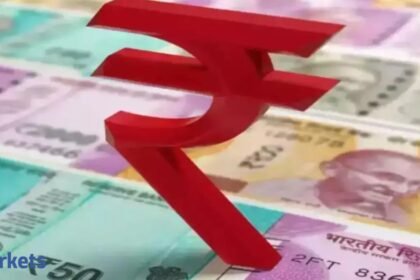Is this uncertainty in the markets short-term, or is it likely to extend over a period of time, given that we don’t yet know whether these secondary tariffs will actually receive Congressional ratification?
Jonathan Schiessl: Yes, I think it’s very interesting. I completely agree with what’s just been said. My take is that the market is currently dismissing a lot of these tweets and comments as mere bargaining chips. As a result, investors are largely looking past them. That said, there’s still a lot of uncertainty—as is always the case with U.S. trade negotiations these days. But overall, I’d say the market is fairly sanguine and is looking beyond much of the bluster. Hopefully, with dialogue still ongoing, some sort of deal can eventually be hammered out.
Considering the current situation and how it’s likely to unfold, in your opinion, how soon is a breakthrough likely, given Trump’s past behavior with other countries? And what could India and the U.S. potentially settle for?
Jonathan Schiessl: This situation is somewhat different from some of the other deals we’ve seen—with smaller Southeast Asian countries, or even with the UK and the EU—where European countries arguably did give in to some extent. But clearly, how this plays out is very difficult to predict. Things can change at the last moment. Of course, we often see headline deals being announced, but the actual details usually take much longer to finalize. So yes, it’s quite possible that we’ll get a headline deal, but like most others, it may be light on detail.
That said, I believe India is in a better position than economies like the EU. As mentioned earlier, India is primarily a domestic and consumption-driven story. While exports—particularly in manufacturing and other specific sectors—do matter, they aren’t the primary drivers of the broader economy. So yes, a deal is possible, but much of the rhetoric from Washington seems like bluster. I’d say India has a reasonably strong hand to play in these negotiations.







